For weavers looking to start or grow their basket weaving business, sourcing the right supplies is key. To help, we’ve compiled a list of 10 places where weavers can find everything from reed and cane to handles and dyes.
Whether you’re an experienced weaver or just starting out, these suppliers offer a range of products to suit your needs.
Cottage Industry Businesses in 2022
In 2022, the popularity of cottage industry businesses in the woven goods sector continued to grow. Artisans employed traditional techniques and patterns to create unique and high-quality products, ranging from handmade textiles to intricate baskets and beyond.
Consumers had the chance to purchase one-of-a-kind items while supporting small-scale producers in the past year. This is a trend that is expected to continue throughout 2023.
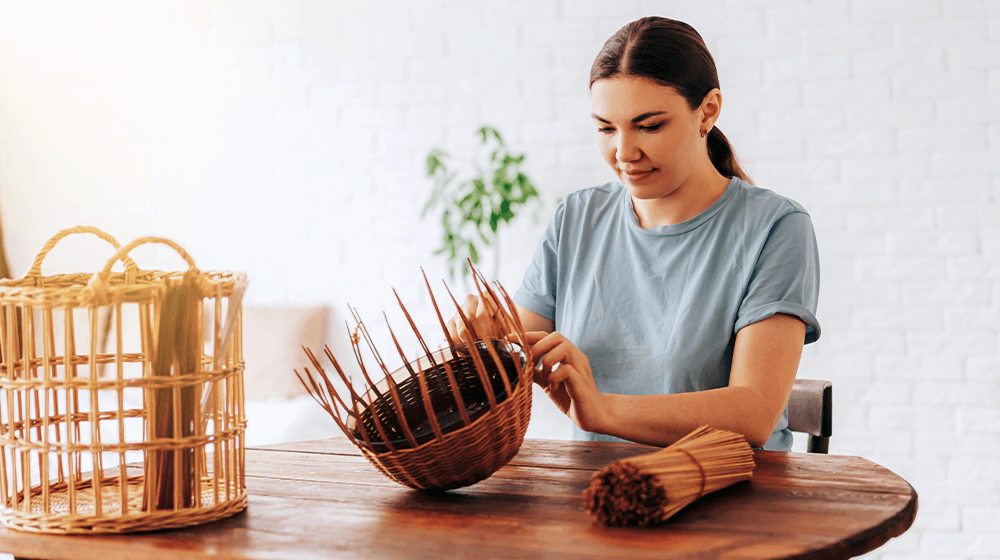
Top Places to Buy Basket Weaving Supplies
Finding the right supplies can be challenging if you’re a basket weaver, but don’t worry, we’ve got you covered. Here are some helpful places to buy basket-weaving supplies:
1. Amazon
Amazon is a popular option for purchasing basket weaving supplies. They offer a wide variety of materials and tools, with the added convenience of fast shipping.
2. Etsy
Etsy is a great platform for buying unique and handcrafted basket weaving supplies.
From reeds and weaving materials to tools and finished baskets, Etsy offers a diverse selection of products from independent sellers around the world.
3. eBay
eBay is a popular online marketplace that offers a variety of basket weaving supplies, including reeds, tools, and weaving materials.
4. BasketWeaving.com
Basketweaving.com sells high-quality basket weaving supplies, kits, and books with free tips and techniques. They offer fresh reed, and quick shipping, and have been in business for 30 years.
5. Walmart
Walmart offers a variety of basket weaving supplies at affordable prices, including reed, cane, and weaving tools. The selection is limited but suitable for beginners.
6. East Troy Basketry
East Troy Basketry moved their business from East Troy to Burlington and now offer mail order and appointments.
They provide quality materials and previously offered classes with renowned teachers.
7. Basket Makers Catalog
The Basket Makers Catalog offers top-quality basket-making supplies and chair caning supplies. They also offer classes and workshops with nationally-acclaimed teachers.
8. Blick Art Materials
BLICK Art Materials is a family-owned art supply company serving artists, students, and educators since 1911.
They provide quality basket weaving supplies, excellent service, and support local and national events.
9. The Country Seat
The Country Seat, Inc. is a family-owned business supplying top-quality basketry and chair seating supplies since 1975, now run by Bill and Angie Longenecker.
10. Joanna’s Collections
Basket weaving kits and patterns are available for all skill levels and can be enjoyed as a bonding activity between family and friends.
Their kits include patterns and materials, while patterns can be purchased separately as downloadable PDFs.
Must-have Basket Weaving Supplies
To make beautiful and sturdy baskets, it’s important to have the right supplies. Here are five must-have basket weaving supplies that every weaver needs in their toolkit:
Willow
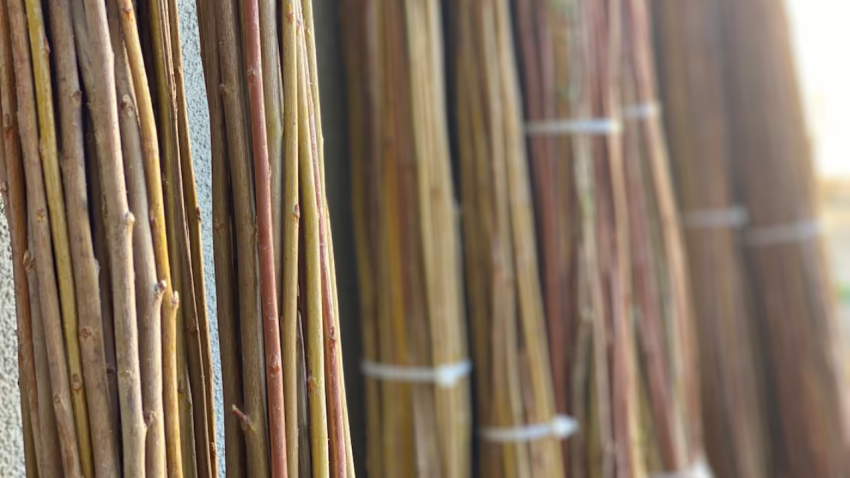
Willow is one of the most traditional materials for basket weaving. It’s known for its flexibility and strength. Freshly cut willow rods can be easily bent into shape without breaking. Once dried, these rods retain their form and offer a durable structure for baskets. Willow baskets are often associated with rustic charm and can vary in color, from pale greens to deeper browns, depending on the willow species.
Rattan (Reed)
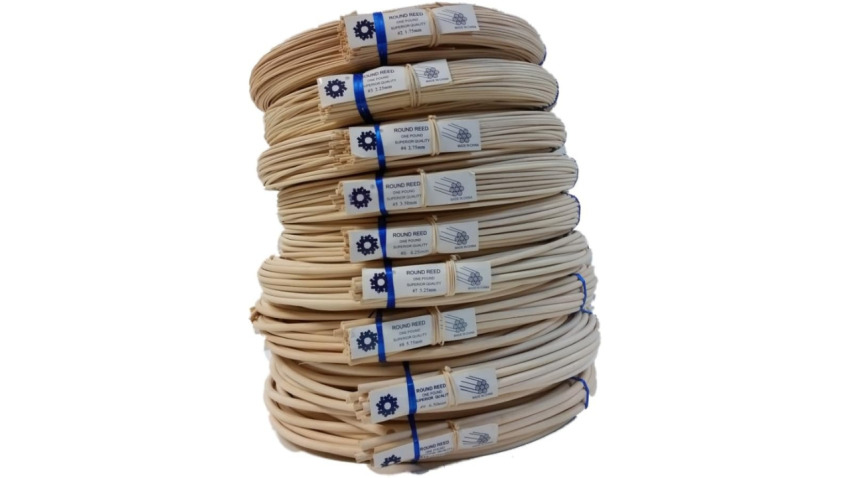
Rattan, also known as reed, is a popular material derived from the rattan plant, found in tropical regions of Asia, Africa, and Australia. It’s prized for its exceptional strength and pliability. Rattan can be split into fine strips for delicate weaving or used in thicker sections for sturdier structures. Its smooth surface and uniform color make it ideal for both traditional and contemporary basket designs.
Cane
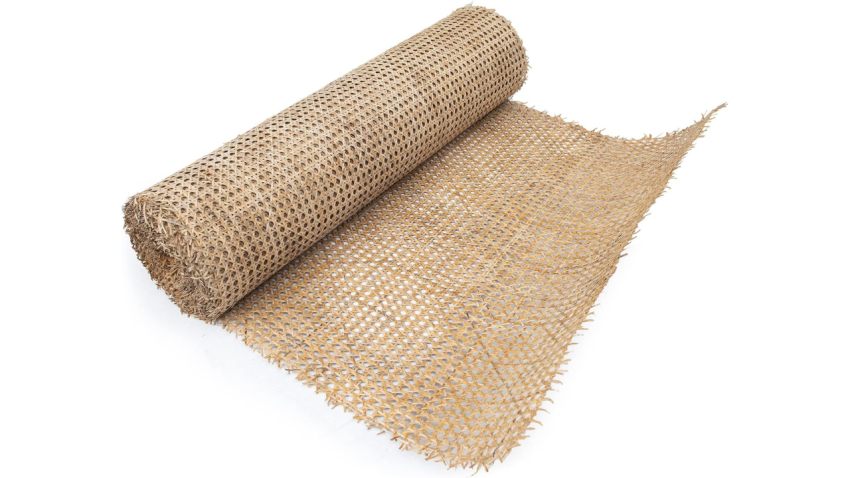
Similar to reed, cane is a material used for basket weaving that offers additional strength and durability. It’s available in different widths and can be used for a variety of weaving techniques.
Bamboo
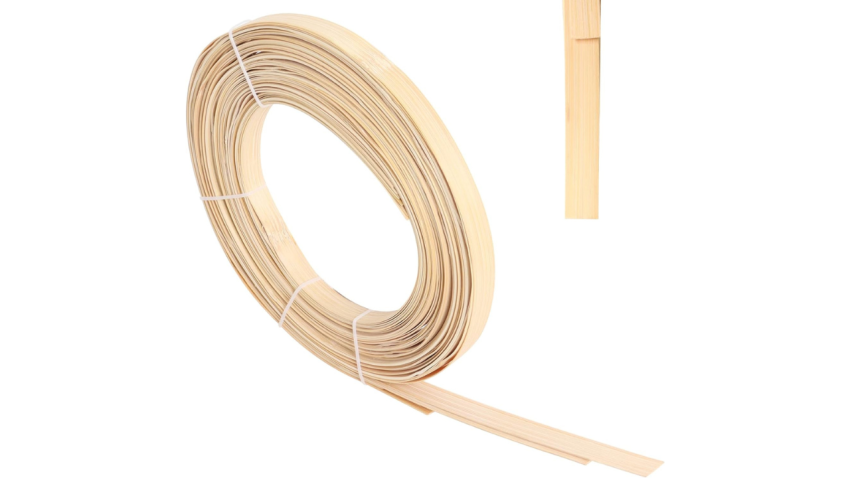
Bamboo is a versatile and sustainable material often used in basketry. Its natural strength and lightweight properties make it ideal for creating both functional and decorative baskets. Bamboo can be split into thin strips for fine weaving or used as whole canes for structural support. Its distinct appearance, characterized by segmented joints and a smooth surface, adds an exotic touch to the woven items.
Sea Grass
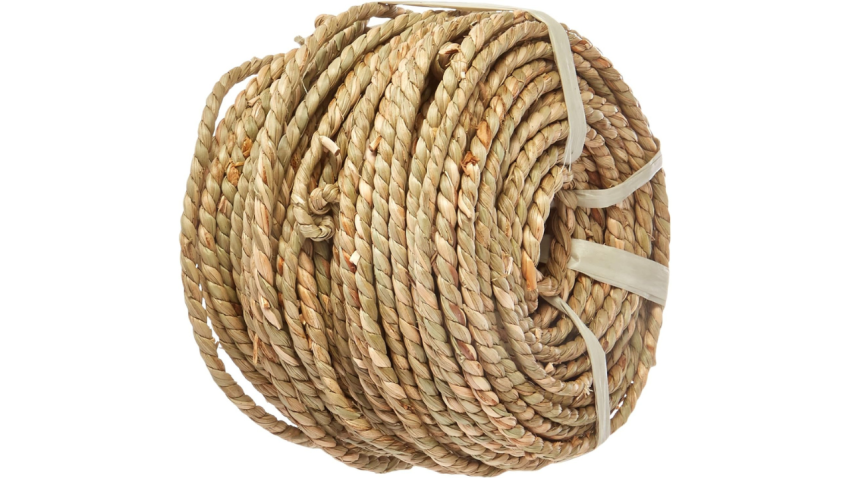
Sea grass, typically harvested from coastal waters, is known for its durability and resistance to water and decay. It’s commonly used to create sturdy, functional baskets for everyday use. Sea grass can be woven in its natural state, showcasing its earthy tones, or dyed for a more colorful appearance. The material’s coarse texture adds a unique tactile quality to the baskets.
Pine Needles
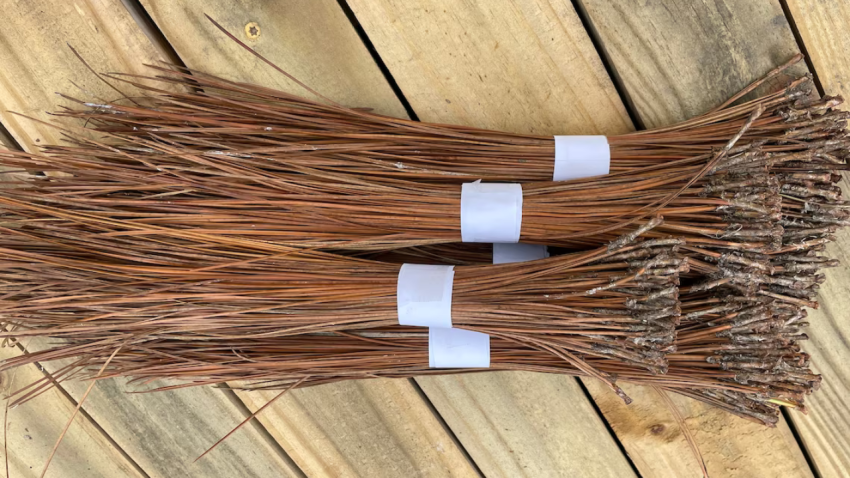
Pine needles, especially long-leaf pine needles, are a traditional material used in basket weaving, particularly in Native American crafts. They are known for their flexibility and distinctive aroma. Pine needle baskets are often small and intricate, showcasing the natural beauty of the needles through coiled designs. The color of the pine needles can vary from rich greens to warm browns, depending on their age and treatment.
Cotton Rope
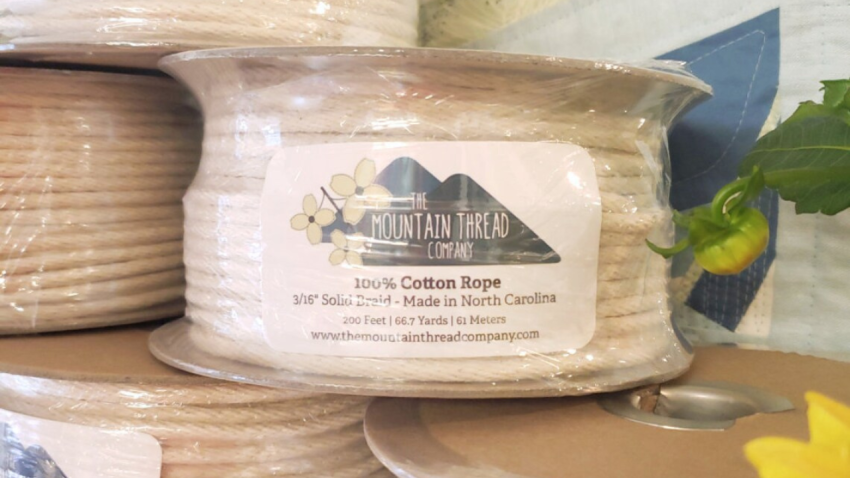
Cotton rope, a modern and versatile material, is increasingly popular in contemporary basket weaving. Its softness and flexibility make it easy to handle, allowing for a variety of creative designs. Cotton rope baskets can range from tightly woven, sturdy forms to more relaxed, slouchy shapes. The material can be left in its natural white color or dyed to create vibrant, eye-catching pieces.
Synthetic Materials (Plastic Strips, Nylon Cord)
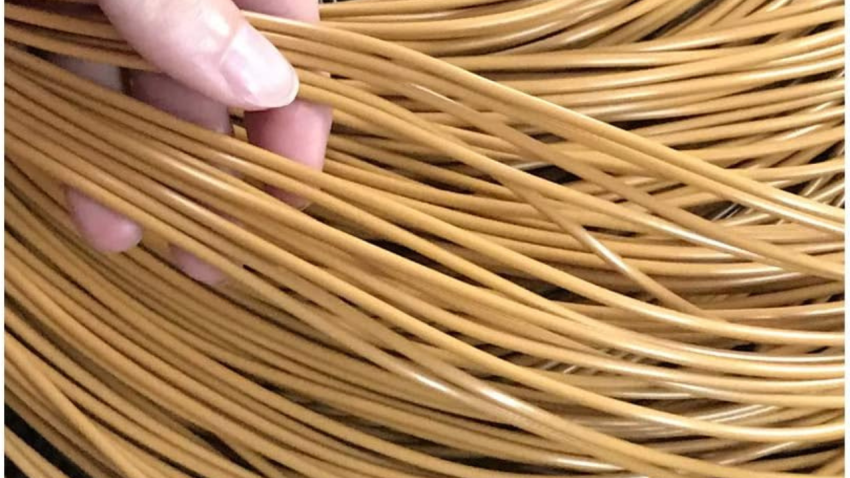
Synthetic materials like plastic strips and nylon cords are used for their durability, ease of maintenance, and vibrant colors. These materials are resistant to water, making them suitable for outdoor use or in damp environments. Baskets made from synthetic materials can be crafted in a wide range of colors and patterns, offering a more contemporary look compared to natural fibers.
Handles
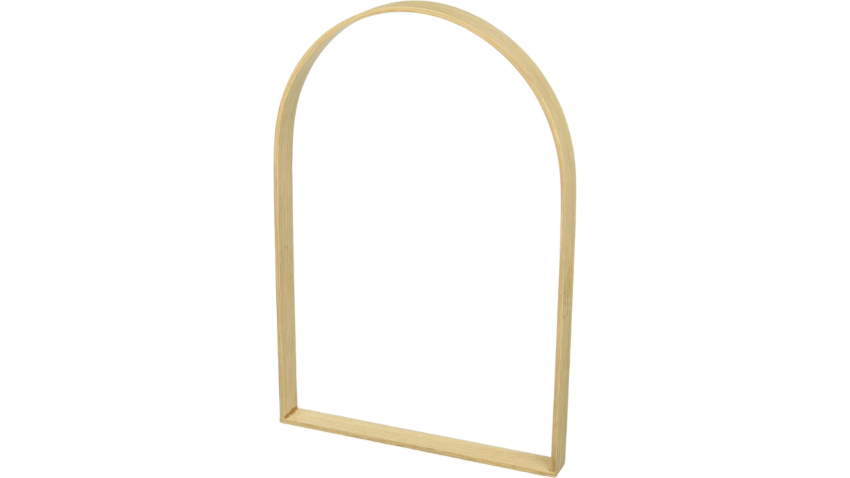
Whether you’re making a small or large basket, having sturdy handles is important for practical use. Handles can be made from materials like wood or metal, and come in various shapes and sizes.
Basket Base
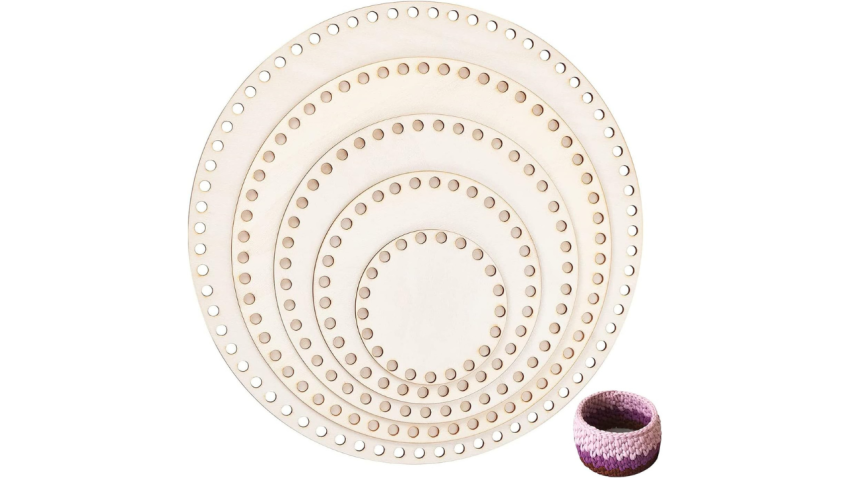
A basket base is a wooden material that has holes at set intervals that you can use to start your weaving projects. They come in various sizes and shapes.
| Material | Description | Primary Use |
|---|---|---|
| Willow | Traditional material known for flexibility and strength. Freshly cut willow rods bend easily and retain form when dried, offering a durable structure. Color varies from pale greens to deeper browns. | Traditional Basket Weaving |
| Rattan (Reed) | Derived from the rattan plant, prized for its strength and pliability. Can be split into fine strips or used in thicker sections. Smooth surface and uniform color, suitable for various designs. | Versatile Weaving |
| Cane | Similar to reed, offers additional strength and durability. Available in different widths for various weaving techniques. | Strong and Durable Weaving |
| Bamboo | Versatile and sustainable, known for its strength and lightweight properties. Can be split into strips or used as whole canes. Characterized by segmented joints and a smooth surface. | Functional and Decorative Baskets |
| Sea Grass | Harvested from coastal waters, known for durability and resistance to water and decay. Used in its natural state or dyed, with a coarse texture. | Sturdy, Everyday Baskets |
| Pine Needles | Especially long-leaf pine needles, used in traditional and Native American crafts. Known for flexibility and distinctive aroma. Color varies from greens to browns. | Intricate, Aromatic Baskets |
| Cotton Rope | Modern and versatile, known for its softness and flexibility. Suitable for a range of designs, can be left natural or dyed. | Creative, Contemporary Designs |
| Synthetic Materials (Plastic Strips, Nylon Cord) | Durable and easy to maintain, resistant to water. Suitable for outdoor use, available in a wide range of colors and patterns. | Outdoor and Colorful Baskets |
| Handles | Important for practical use in any basket size. Made from materials like wood or metal, in various shapes and sizes. | Practical Basket Handling |
| Basket Base | A wooden material with holes at set intervals, used to start weaving projects. Comes in various sizes and shapes. | Basket Weaving Foundation |
Ribbons and Fabrics
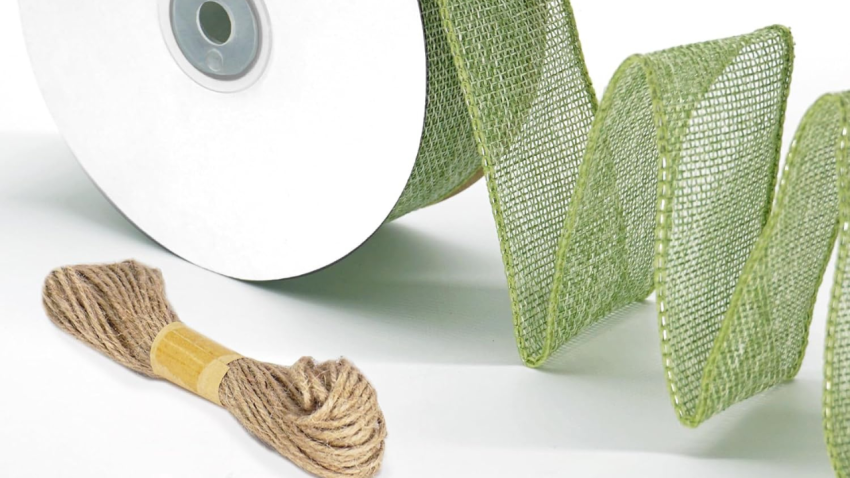
Ribbons and fabrics are popular for adding color and texture to baskets. They can be woven into the basket structure, used as a trim, or tied into bows for a decorative touch. The wide range of colors, patterns, and textures available in ribbons and fabrics allows for endless creativity. They are particularly effective in creating themed baskets, such as for holidays or special occasions.
Beads
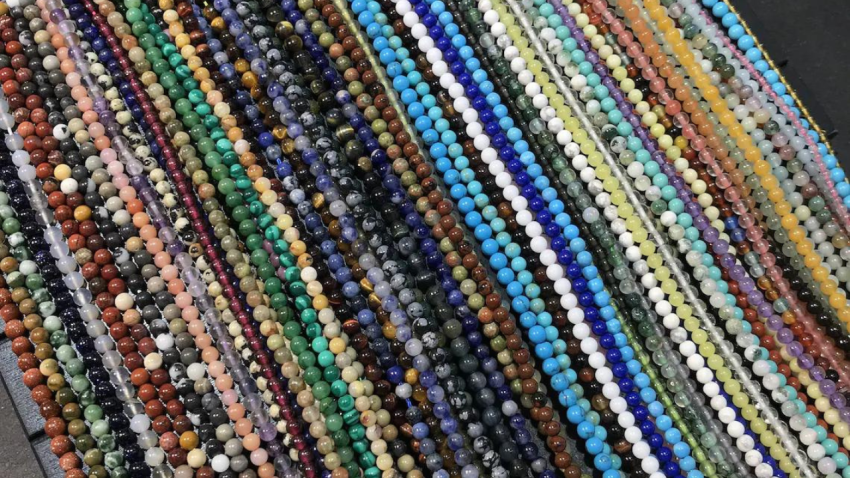
Beads, made from glass, wood, metal, or plastic, add a unique decorative element to baskets. They can be threaded onto the weaving material, incorporated into the structure of the basket, or used to embellish the rim or handle. Beads introduce sparkle, color, and texture, making the basket more visually appealing and often giving it a cultural or artistic flair.
Paints and Dyes
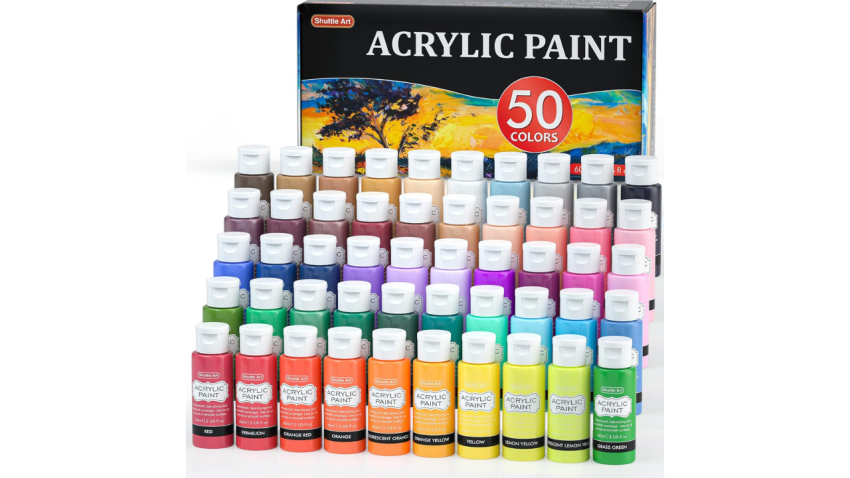
Paints and dyes are used to add color to baskets, either as an overall hue or in specific patterns. They can transform the natural color of weaving materials like wicker, reed, or bamboo, allowing for custom designs and styles. Acrylic paints, fabric dyes, and natural dyes are commonly used, each offering different effects and finishes.
Feathers
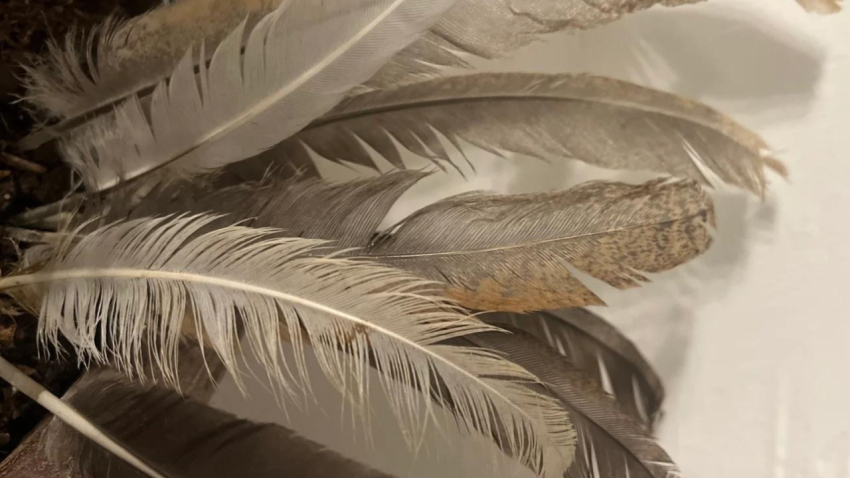
Feathers, either natural or artificial, can be used to add a soft, tactile element to baskets. They can be attached using glue or woven into the basket itself. Feathers bring in a natural, earthy feel and are especially popular in creating themed or culturally-inspired baskets.
Shells and Sea Glass
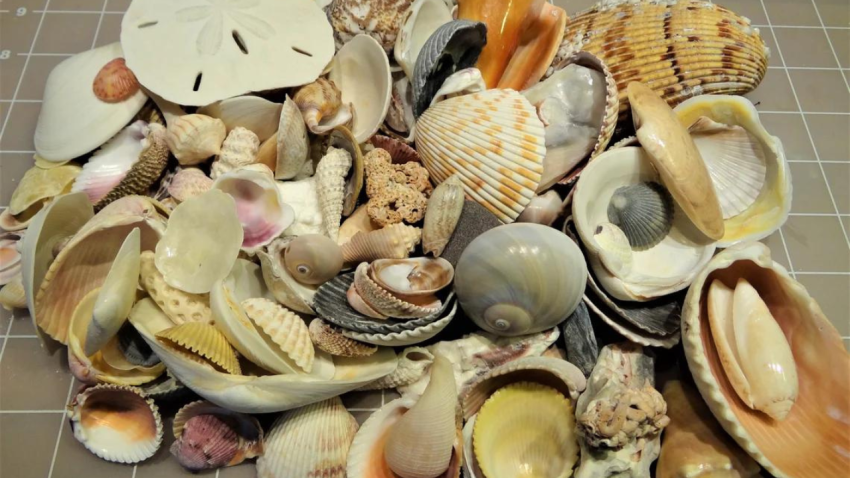
Shells and pieces of sea glass are excellent for creating beach-themed or nautical baskets. They can be glued onto the basket or incorporated into the weave. These natural elements introduce a coastal charm, with shells offering various shapes and textures, and sea glass providing a subtle, frosted color palette.
Lace and Crochet Elements
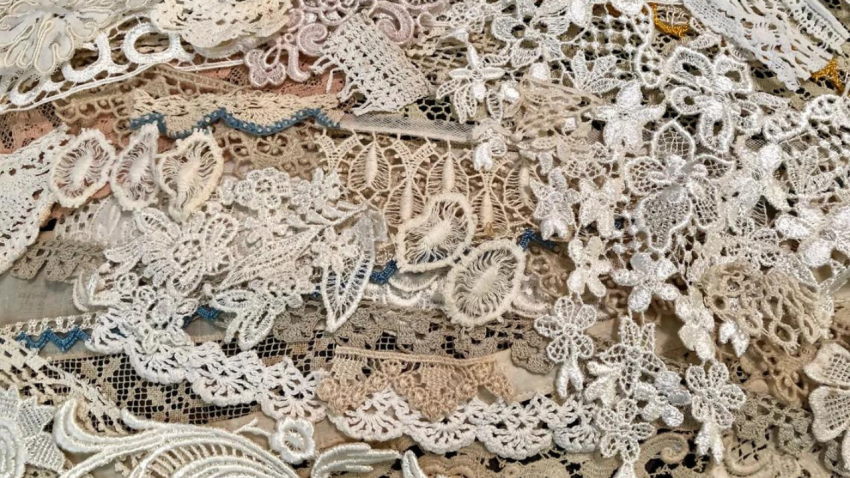
Lace and crochet elements add a delicate and vintage feel to baskets. These can be used as trims, liners, or overlays. Lace, with its intricate patterns, and crochet, with its textured designs, are perfect for adding a touch of elegance and intricacy to basket designs.
Tassels and Pom-poms
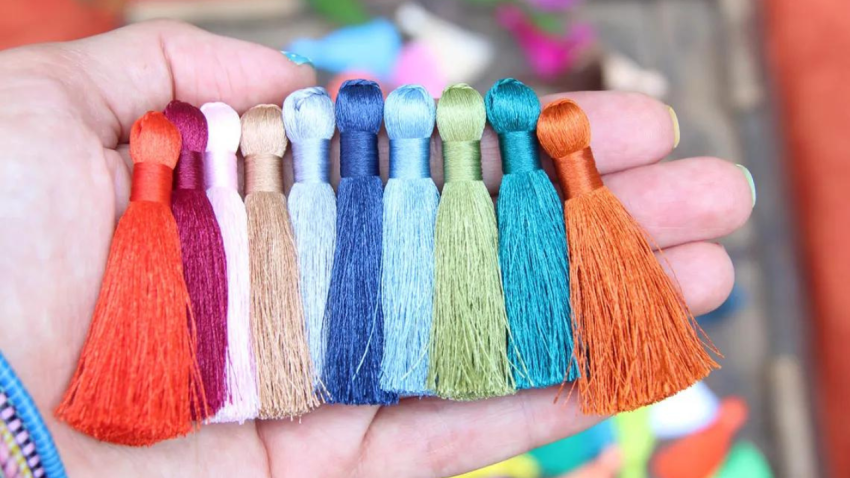
Tassels and pom-poms bring a playful and whimsical touch to baskets. They can be made from yarn, thread, or fabric and come in various sizes and colors. Tassels and pom-poms are often used as accents on basket handles or corners, adding movement and a splash of color.
Wire and Metal Accents
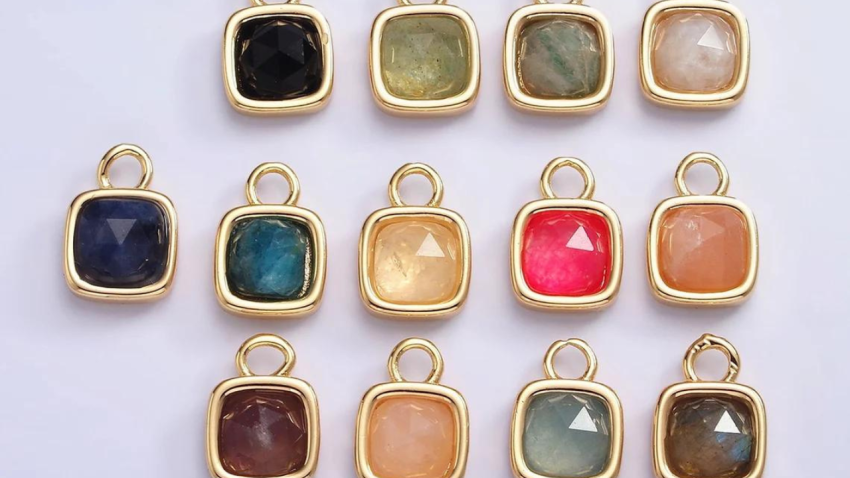
Wire and metal accents, such as charms, clips, or decorative frames, add a modern and sometimes industrial touch to baskets. These elements can be twisted around the basket, used to create handles, or attached as decorative motifs. They offer a contrast in texture and can add structural strength to the basket.
| Material | Description | Primary Use |
|---|---|---|
| Ribbons and Fabrics | Popular for adding color and texture to baskets. Can be woven into the basket structure, used as a trim, or tied into bows. Wide range of colors, patterns, and textures available. | Adding Color and Texture |
| Beads | Made from glass, wood, metal, or plastic, they add a unique decorative element. Can be threaded onto the weaving material, incorporated into the structure, or used to embellish the rim or handle. | Unique Decorative Element |
| Paints and Dyes | Used to add color to baskets, either as an overall hue or in specific patterns. Can transform the natural color of materials like wicker, reed, or bamboo. Various paints and dyes offer different effects and finishes. | Color Transformation |
| Feathers | Either natural or artificial, used to add a soft, tactile element. Can be attached with glue or woven into the basket. Bring a natural, earthy feel, popular for themed or culturally-inspired baskets. | Soft, Tactile Element |
| Shells and Sea Glass | Excellent for creating beach-themed or nautical baskets. Can be glued onto the basket or incorporated into the weave. Introduce a coastal charm with various shapes and textures. | Beach-themed/Nautical Charm |
| Lace and Crochet Elements | Add a delicate and vintage feel. Can be used as trims, liners, or overlays. Lace with intricate patterns and crochet with textured designs add elegance and intricacy. | Delicate and Vintage Feel |
| Tassels and Pom-poms | Bring a playful and whimsical touch. Made from yarn, thread, or fabric in various sizes and colors. Often used as accents on handles or corners, adding movement and color. | Playful and Whimsical Touch |
| Wire and Metal Accents | Add a modern and sometimes industrial touch. Can be twisted around the basket, used to create handles, or attached as motifs. Offer a contrast in texture and can add structural strength. | Modern and Industrial Touch |
Essential Basket Weaving Tools for Businesses
To become a successful basket weaver, it’s essential to have the right tools and equipment. Here are five essential basket-weaving tools for businesses to learn about:
Weaving Needles
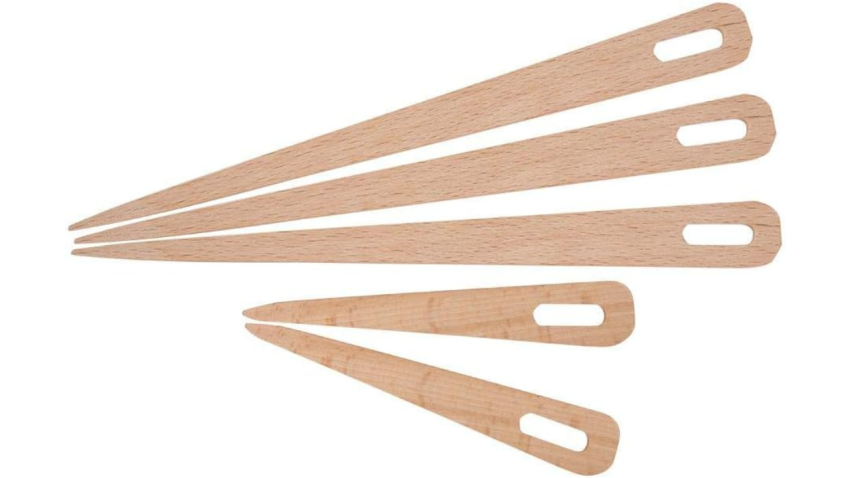
Weaving needles are long, thin tools with a pointed end and often a hole or eye for thread. They are used for sewing and stitching parts of the basket together, especially in coiled or stitched basketry. Weaving needles come in different sizes and materials, like metal or wood, and are selected based on the thickness and type of weaving material.
Awls
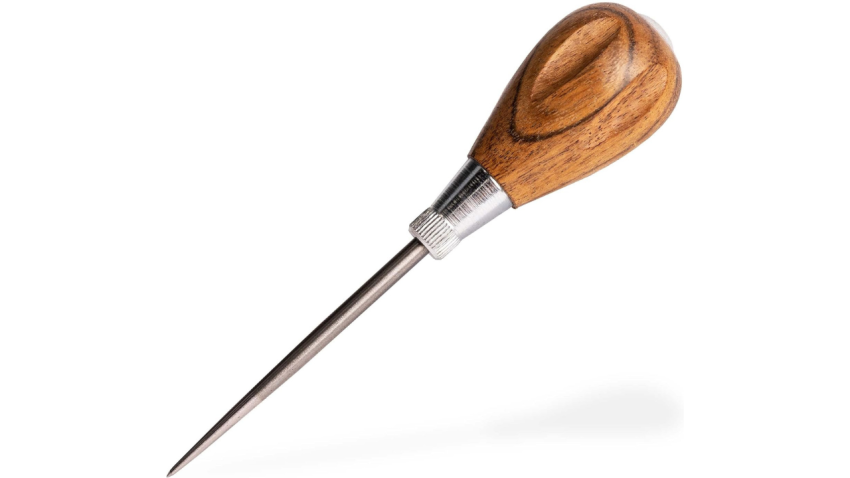
An awl is a pointed tool used for piercing holes in materials, especially in stiff or thick basketry materials. It’s essential for preparing places to insert spokes or weavers in wickerwork or for creating holes for stitching in coiled baskets. Awls can be made of metal or wood and often have a handle for a comfortable grip.
Basketry Scissors
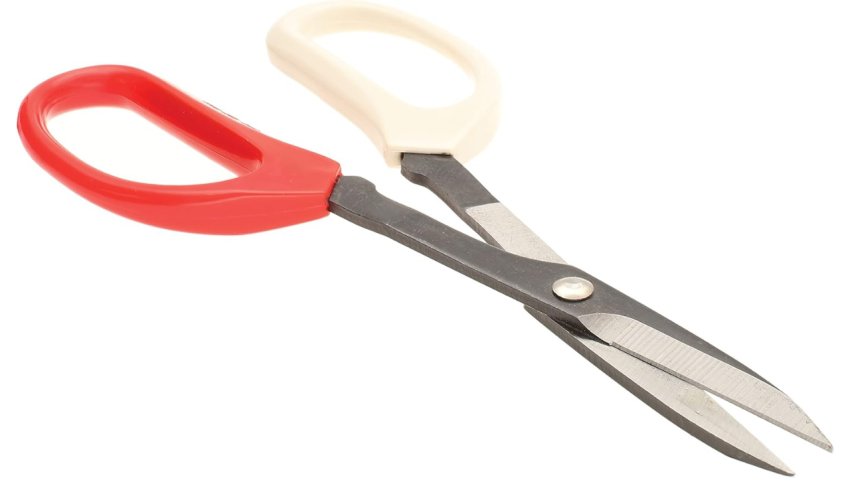
Basketry scissors are strong, sharp scissors used to cut weaving materials cleanly and precisely. They need to be more robust than regular scissors to handle tough materials like reed, willow, or rattan. Some basketry scissors are specially designed with longer blades to make long, straight cuts more efficiently.
Spoke Weight or Weaving Weight
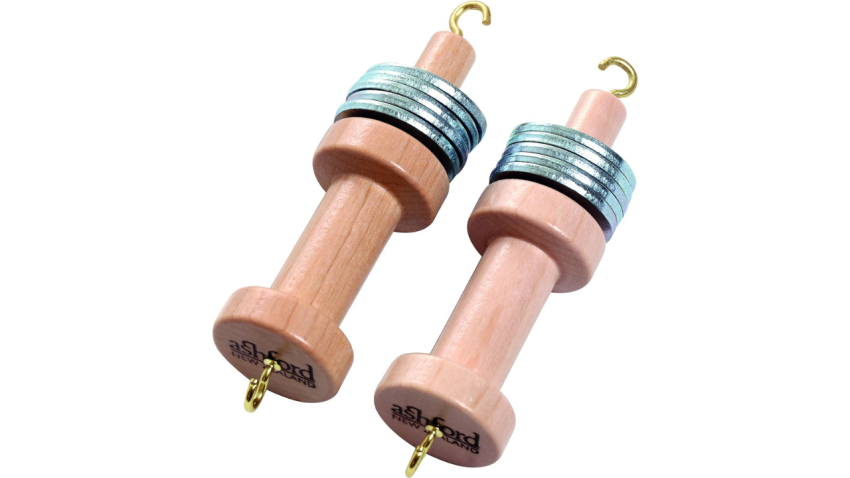
A spoke weight is a tool used to hold spokes (the vertical elements in a basket) in place while weaving. It helps maintain even tension and spacing, which is crucial for the integrity and appearance of the basket. Weaving weights are usually made of metal or heavy materials and can be adjusted to accommodate different basket sizes.
Measuring Tools (Ruler, Tape Measure)
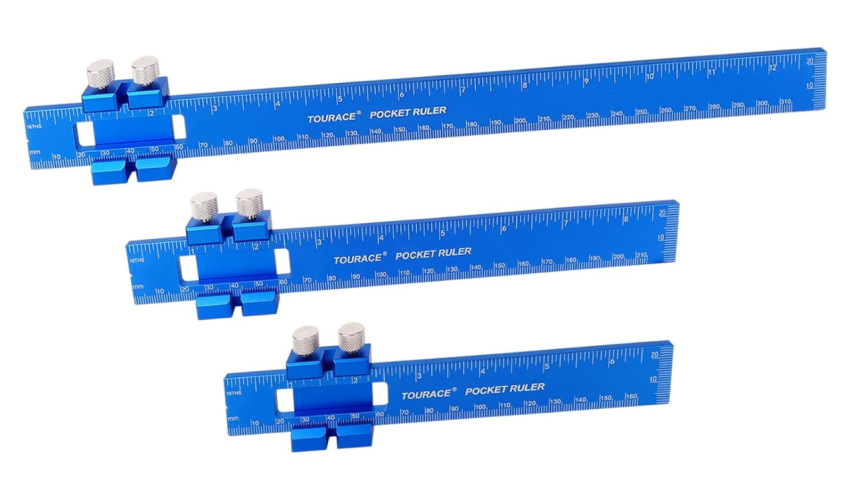
Accurate measuring tools like rulers or tape measures are essential in basket weaving for ensuring uniformity and precision. They are used to measure lengths of weaving material, spacing between spokes, and dimensions of the finished basket. Consistent measurements are key to achieving a symmetrical and well-proportioned basket.
Reed Cutters or Clippers
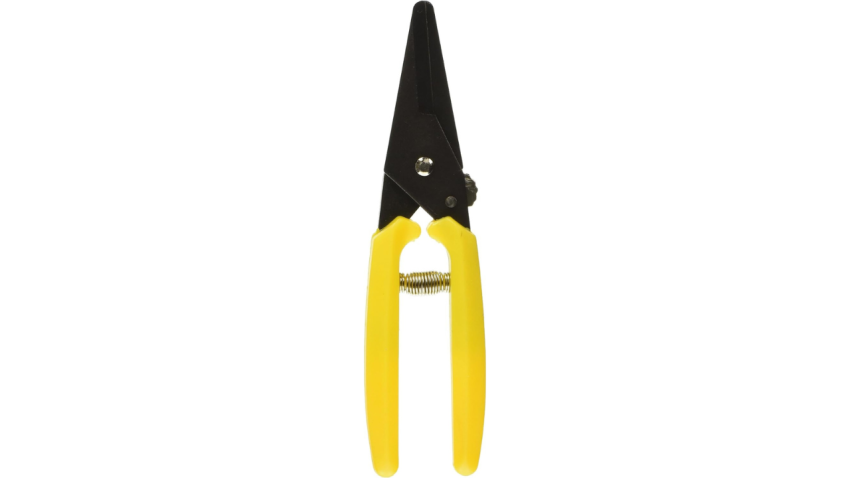
Reed cutters or clippers are specialized tools designed to cut and trim reed, cane, or other weaving materials. They are similar to wire cutters but are tailored for the fibrous nature of basketry materials. These tools allow for precise cuts without fraying or splitting the material, which is essential for a neat finish.
Soaking Tub or Basin
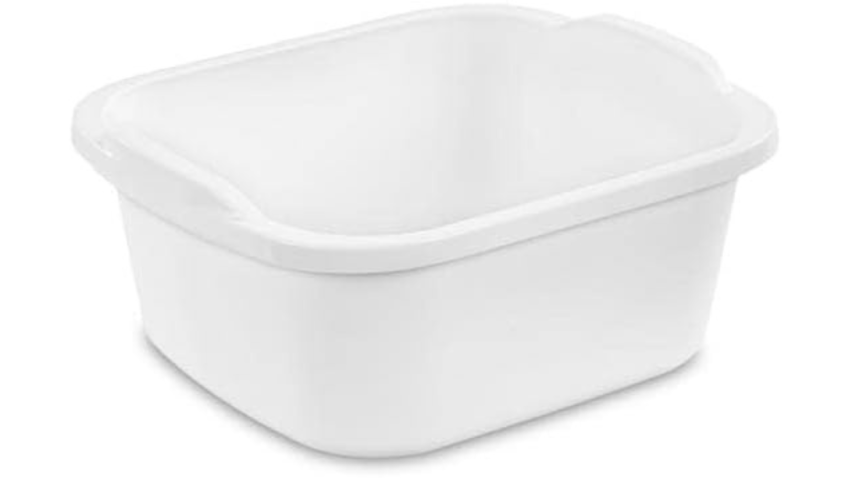
A soaking tub or basin is used to soak weaving materials like willow, reed, or cane to make them more pliable. Soaking softens the fibers, making them easier to weave without breaking. The size of the tub depends on the length of the materials and the type of baskets being made.
Mallet or Hammer
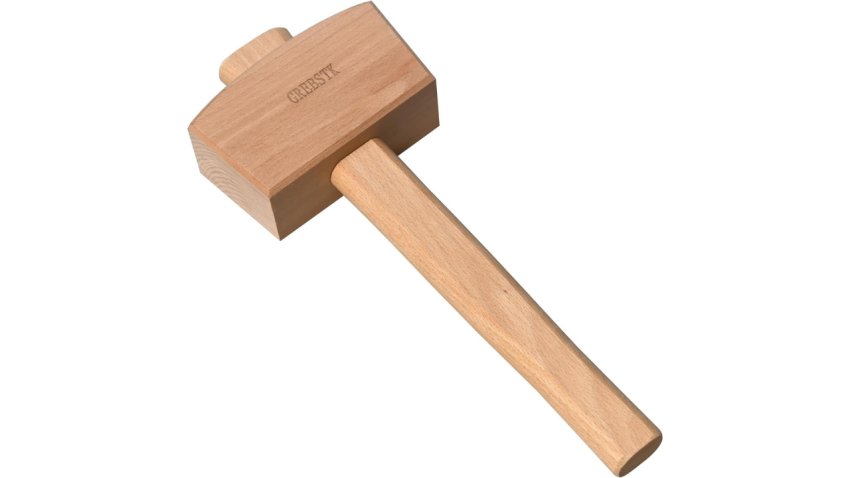
A mallet or hammer can be used in basket weaving to tap and adjust the position of weavers and spokes, especially in sturdy, rigid baskets. It helps in tightening the weave and ensuring that each layer sits snugly against the previous one. A wooden or rubber mallet is often preferred to prevent damage to the materials.
Packing Tool
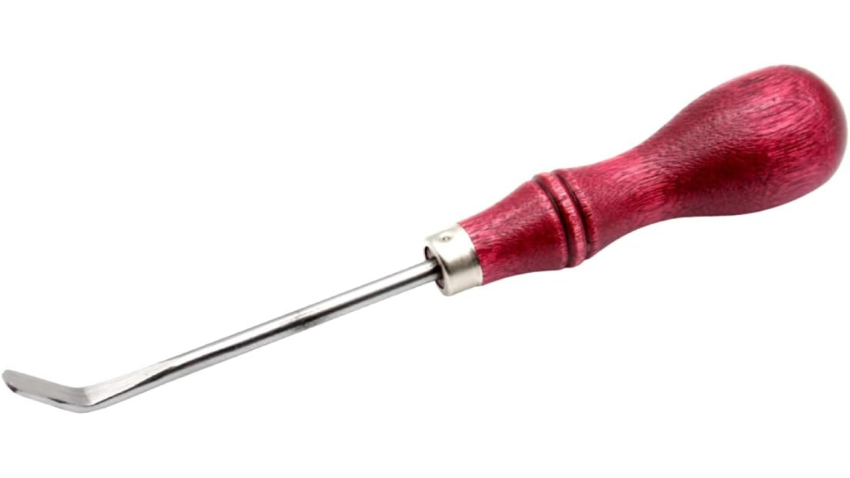
A packing tool is used to push the weaving material down tightly into the previous row. It’s especially useful for creating a strong and sturdy basket, as it helps prevent gaps or looseness in the weave.
Glue
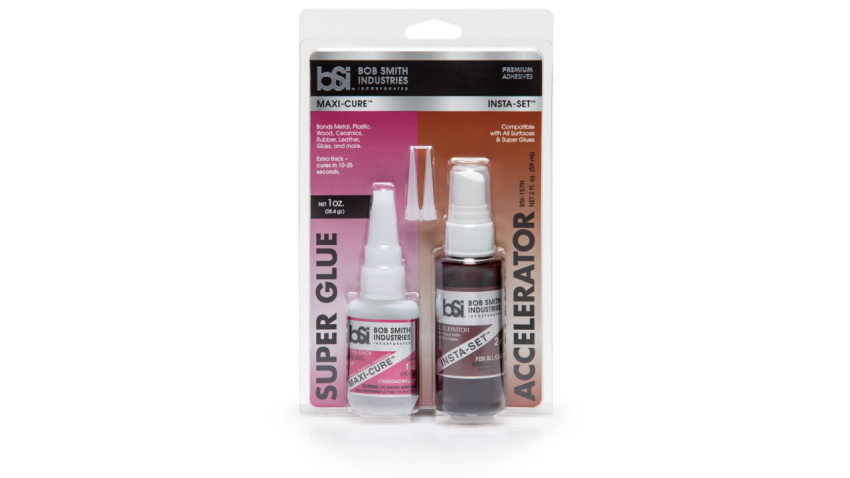
Depending on the weaving technique you’re using, glue may be necessary to hold the structure of the basket together. Make sure to choose a high-quality glue that won’t break down over time.
Pegs
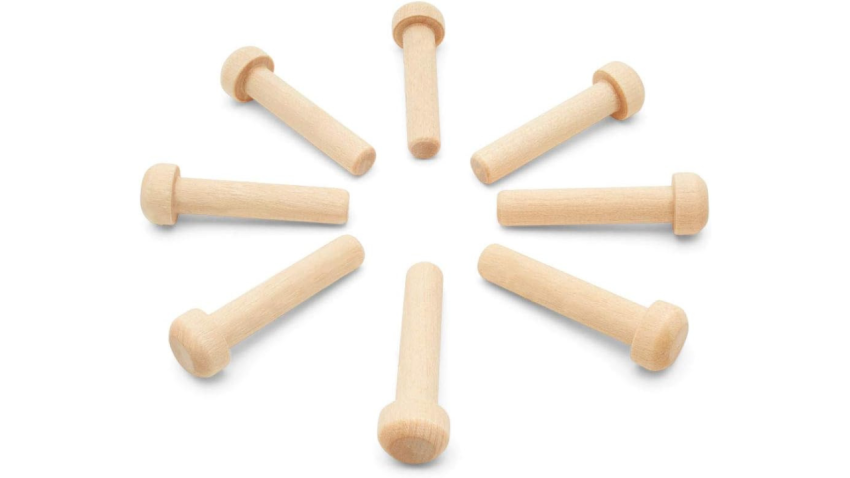
Pegs are used to create a consistent shape and size for the basket. They’re inserted into the weaving material at specific intervals to create an even weave and to ensure that the basket retains its shape. Pegs can be made from a variety of materials, including wood or plastic.
| Tool | Description | Primary Use |
|---|---|---|
| Weaving Needles | Long, thin tools with a pointed end and often a hole or eye for thread. Used for sewing and stitching parts of the basket together, especially in coiled or stitched basketry. Come in different sizes and materials. | Sewing and Stitching |
| Awls | Pointed tool used for piercing holes in materials, especially in stiff or thick basketry materials. Essential for preparing places to insert spokes or weavers in wickerwork or for creating holes for stitching in coiled baskets. | Piercing Holes |
| Basketry Scissors | Strong, sharp scissors used to cut weaving materials cleanly and precisely. More robust than regular scissors to handle tough materials like reed, willow, or rattan. | Cutting Materials |
| Spoke Weight/Weaving Weight | Tool used to hold spokes (the vertical elements in a basket) in place while weaving. Helps maintain even tension and spacing, crucial for the integrity and appearance of the basket. | Holding Spokes in Place |
| Measuring Tools (Ruler, Tape Measure) | Essential for ensuring uniformity and precision in basket weaving. Used to measure lengths of weaving material, spacing between spokes, and dimensions of the finished basket. | Measuring and Sizing |
| Reed Cutters/Clippers | Specialized tools designed to cut and trim reed, cane, or other weaving materials. Similar to wire cutters but tailored for the fibrous nature of basketry materials. | Cutting and Trimming |
| Soaking Tub/Basin | Used to soak weaving materials like willow, reed, or cane to make them more pliable. Soaking softens the fibers, making them easier to weave without breaking. | Softening Materials |
| Mallet/Hammer | Used in basket weaving to tap and adjust the position of weavers and spokes, especially in sturdy, rigid baskets. Helps in tightening the weave and ensuring that each layer sits snugly against the previous one. | Adjusting Weavers/Spokes |
| Packing Tool | Used to push the weaving material down tightly into the previous row. Useful for creating a strong and sturdy basket, as it helps prevent gaps or looseness in the weave. | Tightening Weave |
| Glue | Depending on the weaving technique, may be necessary to hold the structure of the basket together. Choose a high-quality glue that won’t break down over time. | Securing Structure |
| Pegs | Used to create a consistent shape and size for the basket. Inserted into the weaving material at specific intervals to create an even weave and to ensure that the basket retains its shape. | Maintaining Shape |
What Reeds Are Used for Basket Weaving?
Long, flexible reeds are commonly used in basket weaving to create the body of the basket.
They’re made from plant fibers and come in different sizes and shapes, making them versatile for various weaving techniques.
What Are the Most Common Tools for Weaving Baskets?
Making baskets requires a few essential tools, including an awl, packing tool, knife, mallet, and pegs.
These tools are used for cutting, shaping, and weaving the basket’s material to create a sturdy and visually appealing finished product.
Can You Make Money From Basket Weaving?
Yes, you can make money from basket weaving. This craft blends artistic expression with practical functionality, making it a unique venture with various revenue streams. Here’s how you can potentially turn basket weaving into a profitable business:
- Selling Finished Baskets
- Create a range of basket types, from decorative to functional, using different materials and techniques. These can be sold at craft fairs, online marketplaces, local stores, or through your own website. Offering a variety of styles, sizes, and custom options can appeal to a broad customer base.
- Teaching Basket Weaving Classes
- If you have strong skills and enjoy teaching, offering basket weaving classes can be a lucrative option. These classes can be in-person workshops or online tutorials. You can cater to different skill levels, from beginners to advanced weavers, and cover various weaving techniques.
- Custom Orders and Commissions
- Providing custom basket weaving services allows you to cater to clients who want personalized products. This can include bespoke designs for individual customers, or larger commissions for events, businesses, or interior designers. Custom work often commands higher prices due to its personalized nature.
- Selling Weaving Supplies and Kits
- Capitalize on the growing interest in DIY crafts by selling basket weaving supplies and kits. These kits can include materials, tools, and instructions for people to create their own baskets. This not only generates income but also promotes the craft to a wider audience.
- Collaborations and Partnerships
- Partner with local artisans, shops, or online platforms to showcase and sell your baskets. Collaborating with interior designers or event planners can also open up new markets. These partnerships can increase visibility and lead to more sales opportunities.
- Online Sales and Marketing
- Utilize online platforms to reach a global audience. This includes setting up an e-commerce website, using social media to showcase your work, and engaging with online craft communities. Online sales can significantly expand your customer base beyond local boundaries.
- Participation in Craft Fairs and Art Shows
- Attend craft fairs, local markets, and art shows to display and sell your baskets. These events are great for networking, building a customer base, and getting direct feedback from potential buyers. They also provide an opportunity to see current market trends and preferences.
- Offering Repair and Restoration Services
- Providing services to repair or restore old or damaged baskets can be another source of income. This niche service can attract customers looking to preserve heirloom pieces or repair favorite items.
Incorporating these strategies into a cohesive business plan, combined with a passion for basket weaving and a commitment to quality craftsmanship, can indeed make basket weaving a profitable venture.
How Difficult Is Basket Weaving?
Basket weaving is relatively easy to learn, but mastering the craft takes practice and patience. With the right tips and techniques, even beginners can create beautiful and functional baskets.
Read More:
- Where to Sell Wholesale Craft Supplies
- 50 Handmade Business Ideas You Can Start from Home
- 16 Craft Supply Storage Ideas
Image: Envato Elements
This article, “10 Places to Get Basket Weaving Supplies for Your Business” was first published on Small Business Trends